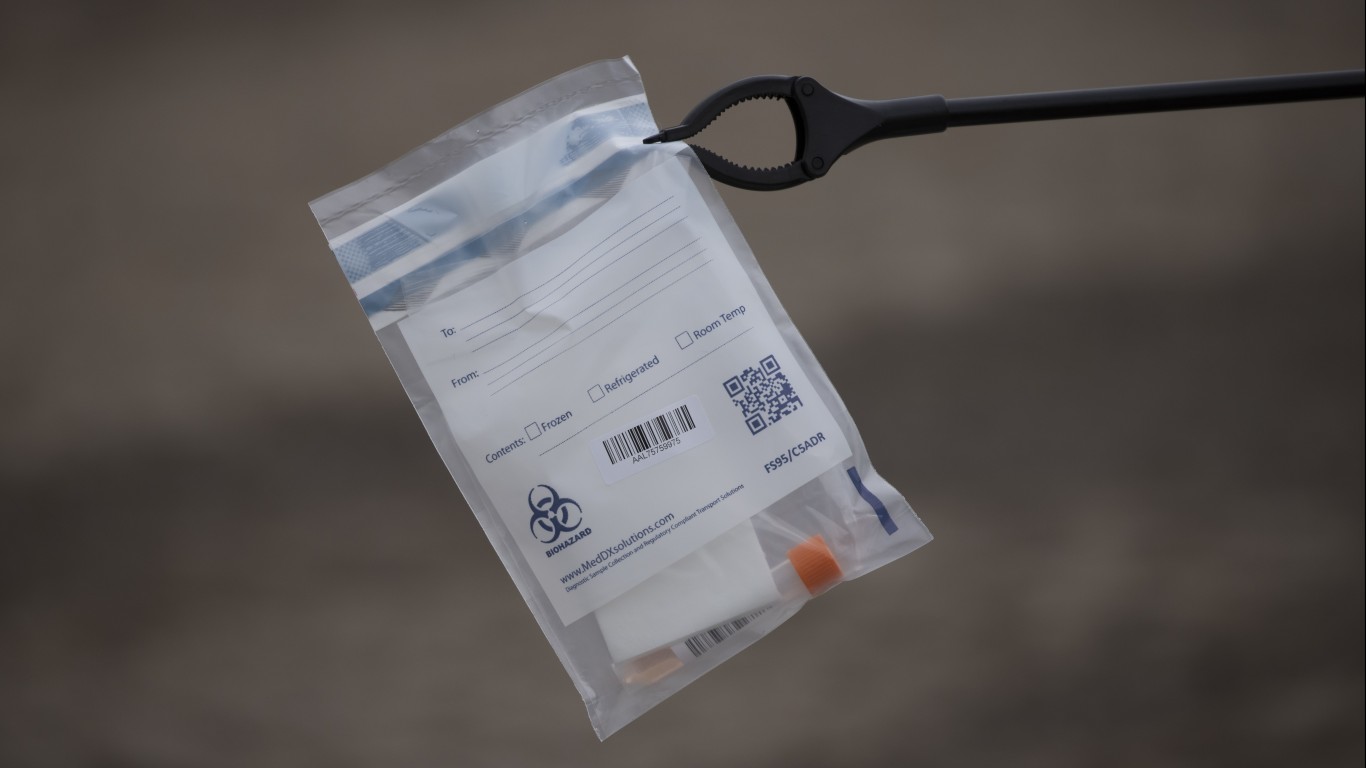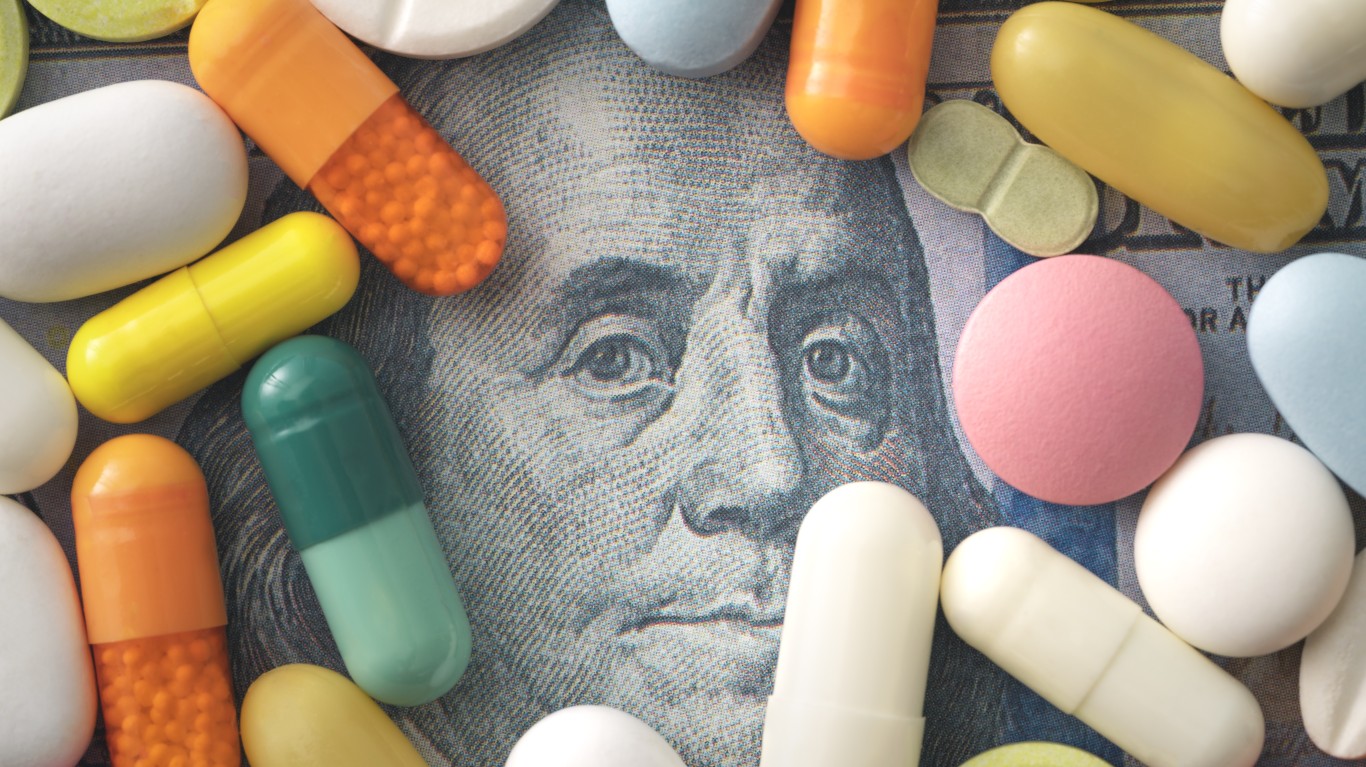
It has been 15 months since the first case of COVID-19 was diagnosed in Washington State. The U.S. count of confirmed cases has just risen above 30 million. It increased by 117,822 to 30,731,414 in the past day. Deaths have reached 558,213, after rising by 1,726 in the past day. Unfortunately, these daily numbers, which had dropped over the past three months, have started to rise at an alarming rate again.
Public health officials and epidemiologists worry America is about to hit the fourth wave in the spread of the disease. The vaccination rate in the United States is among the defenses against this. Some states are performing much better than others.
Vaccination rates have risen quickly in the past three weeks. The Biden administration says it has enough vaccine for all Americans to be given shots by summer, and it is running ahead of that timetable. At this point, 30% of Americans have received at least one dose and 17% have been fully vaccinated. Nationwide, 200,496,635 doses have been delivered and 153,631,404 shots have been given.
There are two challenges to further slowing the spread of the disease. The first is disease variants, some of which may spread faster than the version that infected most people from last January until recently. The Centers for Disease Control and Prevention (CDC) tracks three of these for the public: the B.1.1.7, the B.1.351 and the P.1 variants. These variants have been found in all 50 states, and epidemiologists believe that there are many more variants than these three. Public health offices believe that as many as 30% of new cases in the United States are from the B.1.1.7 variant.
The other challenge is the opening up of parts of the United States. Texas, the second-largest state by population, is a case in point. The governor has dropped the state’s mask mandate, allowed a renewal of social gatherings and opened businesses. Public health officials worry this may cause a fourth wave of the disease.
According to website Axios, the three variants the CDC tracks are among the four most prevalent. The fourth is labeled B.1.427.
These are descriptions of the four:
B.1.1.7–According to the NIH Director’s Blog:
At the top of this short list is a variant known as B.1.1.7, first detected in the United Kingdom in September 2020. This variant is considerably more contagious than the original virus. It has spread rapidly around the globe and likely accounts already for at least one-third of all cases in the United States
B.1.351–According to the CDC:
In South Africa, another variant of SARS-CoV-2 (known as 20H/501Y.V2 or B.1.351) emerged independently of B.1.1.7. This variant shares some mutations with B.1.1.7. Cases attributed to this variant have been detected in multiple countries outside of South Africa. This variant was reported in the US at the end of January 2021.
P.1 variant–According to Detroit 4:
The P.1 variant was first identified in travelers from Brazil during routine airport screening in Tokyo, Japan, in early January. This variant has been associated with increased transmissibility and there are concerns it might affect both vaccine-induced and natural immunity.
B.1.427 variant–According to The Washington Post:
The new California research contends that the variant, which goes by two names, B.1.427 and B.1.429, has spread widely because it is more transmissible. The research drew on multiple lines of evidence — each of which on its own might be considered circumstantial but that collectively provide a picture of a virus that is unusually contagious.
Several other variants have been identified, but for the time being, they have not spread as widely as these four.
Click here to read COVID-19: This Is America’s Worst Hotspot
Travel Cards Are Getting Too Good To Ignore (sponsored)
Credit card companies are pulling out all the stops, with the issuers are offering insane travel rewards and perks.
We’re talking huge sign-up bonuses, points on every purchase, and benefits like lounge access, travel credits, and free hotel nights. For travelers, these rewards can add up to thousands of dollars in flights, upgrades, and luxury experiences every year.
It’s like getting paid to travel — and it’s available to qualified borrowers who know where to look.
We’ve rounded up some of the best travel credit cards on the market. Click here to see the list. Don’t miss these offers — they won’t be this good forever.
Thank you for reading! Have some feedback for us?
Contact the 24/7 Wall St. editorial team.



